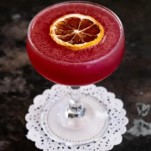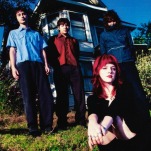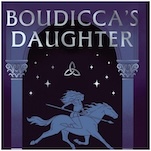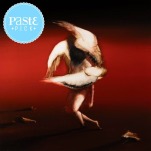The Hunt for Rosé Cider
Photos via Angry Orchard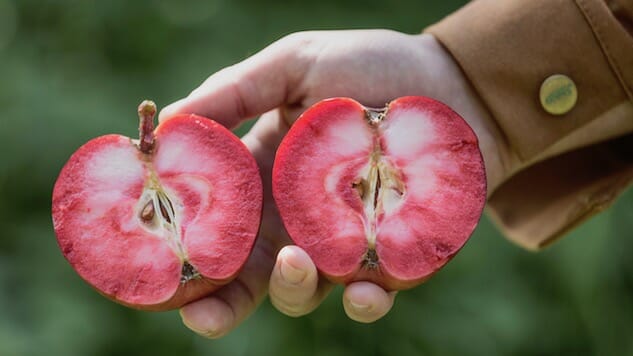
Anyone who’s ever talked to me for more than five minutes can confirm I have an obsession with apples that would be realistically classified as a “monomania” if I didn’t have enough other weird obsessions to remain the balanced, well-rounded gal I am. I. Love. Apples. I’ve been known to make an eight-hour round-trip drive to get my hands on a rare varietal you can only find in a funky corner of Mendocino County. I’ve written paeans to apples in verse and prose, had baby trees shipped to my house from far-flung nurseries and planted them even with low survival odds in my zone just because they were rare or ancient or extra-cool in some way.
In the extra-cool category is a family of apples whose flesh is flushed pink or, in some cases, screaming red. Almost none of these apples are readily findable even in farmer’s markets; they have tiny niche plantings and they are rare (the one exception I’ve seen in supermarkets is the Pink Pearl). In many cases these apples have quite complex tart and bitter sub-flavors that have good potential for rosé cider. A couple of years ago pink ciders started popping up like mushrooms and I got really excited that this was finally A Thing. It turned out almost none of the tinted ciders actually came from red-fleshed apples. They got their color from everything from the addition of cherries or grape skins, to beet juice, to being aged in red wine barrels, to flat-out dye.
So disappointed. Don’t get me wrong, some of these red-by-proxy ciders are delicious in their own right, but where were the actual red apples? The compounds that impart the red color to the flesh also affect the flavor profile of the apple, which might account for their low commercial availability-they’re super complex and often sharp, with berry and rhubarb and pomegranate aromatics and sub-flavors that might be perplexing to someone expecting a Fuji. But those qualities are often a plus for cider.
A flurry of research into why my local booze emporiums were not stocked with pink cider from actual pink or red apples led me to find that true rose ciders did exist; they were just ultra local to places like Vancouver, the San Juan Islands, Massachusetts and far-flung corners of New York, and they were very local and damned hard to find. So when Angry Orchard announced they were making a real pink cider, I braced myself for another disappointment and for “real” to mean the tint came from a substance that didn’t come from a lab but also didn’t come from an apple.
Nope! A mass-market cidery has actually ponied up the real thing. Sourced from a rare heirloom apple called “Amour Rouge” grown in Brittany, the cider does also contain other varietals and a touch of hibiscus, but that tint is the real deal.
-

-

-

-

-

-

-

-

-

-

-

-

-

-

-

-

-

-

-

-

-

-

-

-

-

-

-

-

-

-

-

-

-

-

-

-

-

-

-

-










